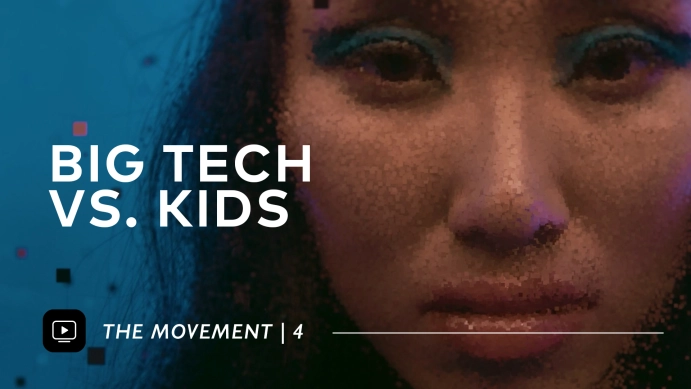Full video of the April 19, 2016 Press Conference and Ceremonial Signing of SCR 9 by Utah’s Governor Gary Herbert recognizing pornography as a public health crisis
Background information:
Utah is on the cutting edge of addressing the pervasive public health crisis of pornography in America. On April 19th, Utah Governor Gary Herbert completed a ceremonial signing of the Utah resolution recognizing pornography to be a public health crisis. This resolution was passed unanimously through the Utah State Senate and House of Representatives.
4/19/16 Press Conference Speakers included:
- Governor Gary Herbert
- State Senator Todd Weiler, SCR 9 resolution sponsor
- Pamela Atkinson, Board Chair, Utah Coalition Against Pornography
- Dawn Hawkins, Vice President, National Center on Sexual Exploitation
- Jennifer Brown, researcher and concerned mother
- Clay Olsen, CEO, Fight the New Drug
- Brian Willoughby, Professor, Brigham Young University
Remarks from our Vice President & Executive Director at the pivotal and historic signing:
In an official ceremony, Utah Governor Gary Herbert signed a resolution declaring pornography a public health crisis. This resolution, which passed unanimously through the Utah State Senate and House of Representatives, was drafted by the National Center on Sexual Exploitation (NCOSE).
“Utah is on the cutting edge of addressing the public health crisis of pornography,” said Dawn Hawkins, Executive Director of NCOSE. “The harms of pornography are becoming clear in light of overwhelming scientific and social research—research which demonstrates that resolutions like the one in Utah are vital for the sexual health of future generations. For instance, research shows that pornography use is linked to, higher incidence of STIs, increased verbal and physical sexual aggression, acceptance of rape myths, decreased brain matter, risky sexual behaviors among adolescents, reduced impulse control and decision making, and increased sexual dysfunction. Utah’s resolution not only raises awareness about these harms and the need to protect children from early exposure, but also serves as a guidepost for leaders about future policy decisions such as requiring libraries and schools to install filtering software.”
“I believe pornography today will follow the trend of the tobacco industry in public perception,” Hawkins continued. “Pornography today is pervasive and popular, similar to smoking in the 1950s, but as the harms become apparent, both the general public and elected officials will demand that a multi-disciplinary public health approach be implemented across the country to address it.”





